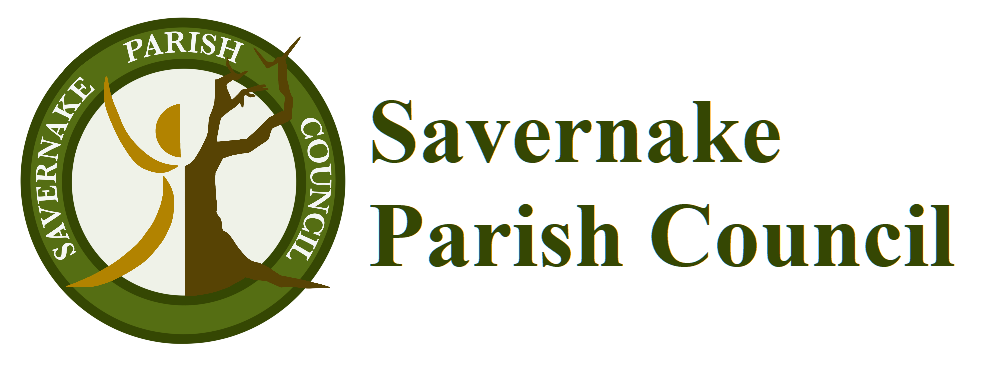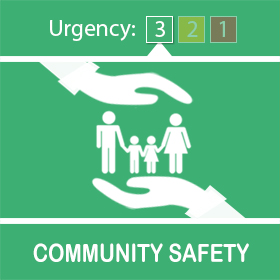Halloween Safety
23/10/2024
Halloween is great fun for children, but there are real fire risks with many of the ways of celebrating – so it’s important to take extra care.
Every year on 31 October, children and adults are injured in accidents where candles or fireworks have set fire to costumes and hair. Plastic capes and bin liners, often used as costumes, are also fire risks.
Dressing up costumes are currently classed as toys rather than clothes under British Toy Safety Regulations, meaning they are less fire resistant than children’s nightclothes and assume a child is able to move away from or drop a burning toy.
The British Retail Consortium introduced more stringent flammability tests and labelling in 2017 for such costumes, which were endorsed by the National Fire Chiefs Council and others, such as Royal Society for the Prevention of Accidents and the Children’s Burns Trust. Many reputable high street retailers and children’s costume manufacturers in the UK signed up to this more robust voluntary code.
The design of costumes, often made with flowing robes or capes, means they can easily catch fire from a candle or flame and very quickly engulf the wearer in flames. Tests have shown that people wearing costumes can be engulfed in flames in as little as nine seconds once the clothing has caught alight – click here for our warning video.
Rather than using candles or tea lights in Halloween pumpkins, lanterns or other decorations, it is far safer to use British Standards kitemarked LED candles instead – they can look very realistic and are an inexpensive option.
Other top tips for a fire-safe Halloween:
- Check the labels – those attached to the product should show a CE Mark, which means it complies with EN71-2 and meets the European flammability resistant requirements for toys.
- You may wish to also look for swing labels which indicate the costume has undergone BRC’s additional tests. It will say “This garment has undergone additional safety testing for flammability” which is reassurance the costume is safer than legally required under EN71-2.
- Buy from a reputable retailer– cheap or imported costumes may not meet UK safety standards and, at worst, may carry fake safety labelling.
- Layer up – wear clothes under dressing up costumes, to give a layer of protection between the costume and your skin. This can help protect the skin in the event of a fire incident.
- Don’t let your child go near any ignition sources – sparklers can burn at up to 2,000 degrees Celsius.
- Replace candles in pumpkins with battery powered candles – these are cheap, they don’t blow out and are much safer.
- Teach your child to STOP, DROP and ROLL in the event that their clothing does catch fire.
- In an emergency, cool any burns with large amounts of water and get urgent medical assistance.
- If you must use candles, make sure they are securely placed in a correct holder and in a place where they are not likely to be knocked over. Keep them away from curtains, cushions and draughts.
- Make sure candles are extinguished when you go to bed.
- If you are using decorative lights in your home, ensure that electricity sockets are not overloaded and that they’re switched off at the socket at night.
- Make sure you’re aware of the Fireworks Code – see dwfire.org.uk/fireworks for more information
Message Sent By
Rachel Clements
(Fire & Rescue, Area Command, Dorset & Wiltshire)

